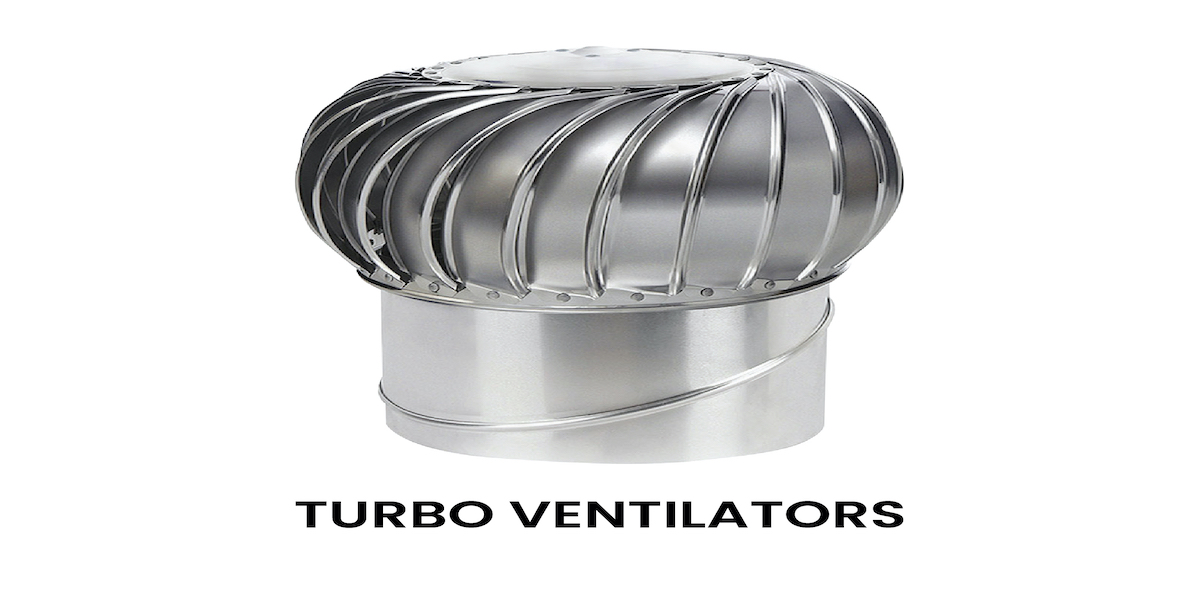
Cool Roof Technology
Cool Roof Technology: Types, Methods, and How It Works
As the world increasingly prioritizes sustainability and energy efficiency, cool roof technology has gained prominence as an effective solution to reduce energy consumption and improve building comfort. But what exactly is cool roof technology, and how does it function? In this blog, we'll explore the fundamentals of cool roof technology, delve into the various types and methods, and uncover how it plays a crucial role in creating energy-efficient buildings.
What is Cool Roof Technology?
Cool roof technology refers to roofing systems specifically designed to reflect more sunlight and absorb less heat compared to conventional roofs. By utilizing advanced materials and coatings, cool roofs maintain lower temperatures, which in turn reduces the need for air conditioning. This not only cuts down on energy costs but also helps in reducing the urban heat island effect—a phenomenon where urban areas become significantly warmer than their rural surroundings due to human activities and infrastructure.
How Cool Roof Technology Works
Cool roof technology works through two primary mechanisms:
Solar Reflectance: This is the capability of a roofing material to reflect solar energy. Roofs with high solar reflectance bounce back a substantial amount of sunlight, thus absorbing less heat. Cool roof materials are engineered to have high solar reflectance values, significantly lowering the amount of heat that enters the building.
Thermal Emittance: This refers to the roof's ability to radiate absorbed heat away from the building. High thermal emittance allows the roof to release the heat more efficiently, leading to lower roof temperatures and cooler indoor environments.
Types of Cool Roof Technology
There are several types of cool roof technologies available, each offering unique benefits:
Reflective Roof Coatings:
- Description: These are specialized coatings applied to existing roofs to enhance reflectivity.
- Materials: Composed of acrylic, silicone, or elastomeric compounds.
- Benefits: Easy to apply, can be used on various roofing systems, and substantially improves the roof’s reflective and emissive properties.
Cool Roof Shingles:
- Description: Asphalt shingles enhanced with reflective granules.
- Materials: Incorporates reflective minerals or coatings within the shingle structure.
- Benefits: Offers aesthetic variety along with energy efficiency, making it a popular choice for residential buildings.
Cool Roof Tiles:
- Description: Roofing tiles made of clay or concrete, treated with reflective coatings.
- Materials: Often glazed with reflective substances or manufactured with cool pigments.
- Benefits: Highly durable, energy-efficient, and available in various styles to complement different architectural designs.
Green Roof Systems:
- Description: Roofs covered with vegetation, also known as living roofs.
- Materials: Comprised of a waterproof membrane, soil layers, and plants.
- Benefits: Offers natural insulation, reduces heat absorption, and aids in stormwater management.
Cool Roof Membranes:
- Description: Single-ply membranes made from materials such as PVC or TPO.
- Materials: Typically manufactured in white or light colors to maximize reflectivity.
- Benefits: Long-lasting, highly reflective, and ideal for flat or low-slope roofs.
Methods for Implementing Cool Roof Technology
The implementation of cool roof technology varies depending on the existing roofing system and the desired type of cool roof:
Applying Reflective Coatings: This method involves cleaning the roof surface, repairing any damage, and applying the reflective coating in one or more layers to improve reflectivity.
Replacing Roof Materials: In new constructions or when replacing an old roof, installing cool roof shingles or tiles involves removing the existing roofing materials and replacing them with cool roofing products.
Installing Green Roofs: This method involves setting up a green roof system with layers of waterproofing, drainage, soil, and vegetation to create a living roof.
Installing Cool Roof Membranes: Membranes are installed similarly to traditional roofing materials but are designed to offer superior reflectivity and longevity.
Benefits of Cool Roof Technology
Energy Efficiency: By reflecting more sunlight and absorbing less heat, cool roofs reduce the need for air conditioning, leading to significant energy savings.
Improved Comfort: Lower roof temperatures contribute to a cooler indoor environment, enhancing occupant comfort.
Environmental Impact: Cool roofs help mitigate the urban heat island effect, reduce greenhouse gas emissions, and support broader climate change mitigation efforts.
Increased Roof Longevity: The materials used in cool roof technology are often more durable and experience less thermal stress, extending the lifespan of the roof.
Conclusion
Cool roof technology offers an accessible and effective solution for reducing energy consumption, enhancing indoor comfort, and contributing to environmental sustainability. By reflecting more sunlight and reducing heat absorption, cool roofs play a crucial role in creating energy-efficient buildings and a more sustainable future. Whether you're considering reflective coatings, cool shingles, or green roofs, cool roof technology is an investment in both economic savings and environmental stewardship.


